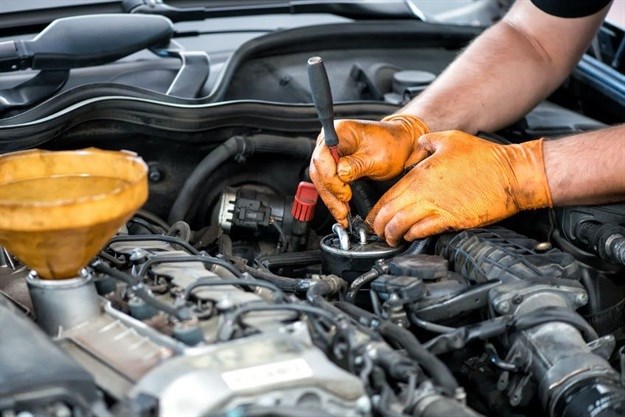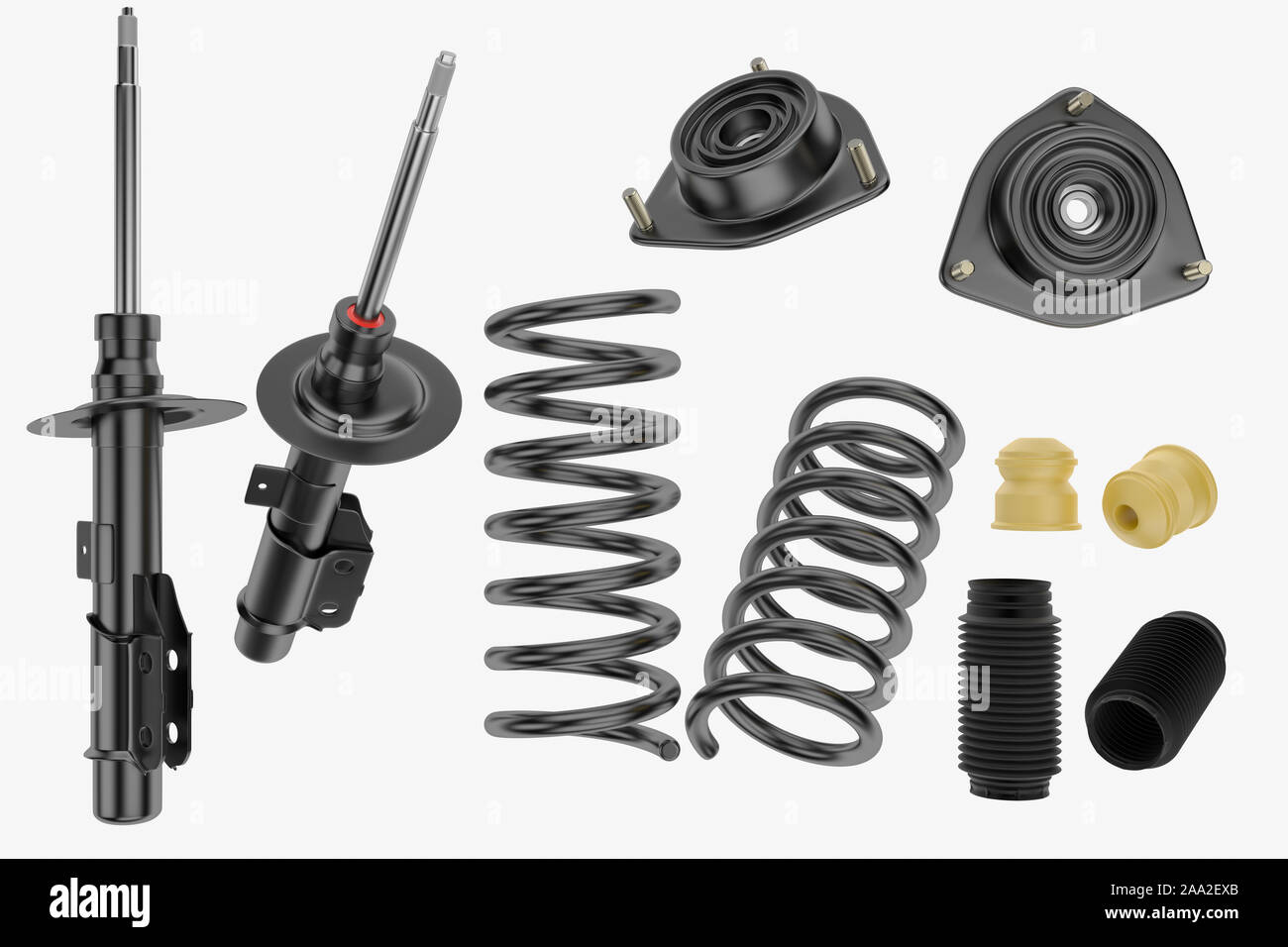
You have come to the right spot if your goal is to become an automotive body mechanic. Below you'll find information regarding Qualifications and Training, Earnings, as well Job Outlook. Read on to learn more about this rewarding job! Interested? Start your training today. You'll soon have a rewarding career. What are the benefits to becoming an automotive body technician? Before you start training, here's some information.
Qualifications
Auto body repair technicians restore vehicles to pre-accident condition. A car body repair technician's job is often considered art. The students are taught the basics of car repair and use modern equipment. They also get to work on real cars. They are involved in a range of projects including custom painting and job estimation. Aside from this, they are prepared for further education. For more information on the qualifications of an automotive body repairer, see below.
Some employers require auto body technicians to have some industry certification. A certification is a good idea. It demonstrates your expertise and often leads to higher salaries. Many paint and vehicle manufacturers offer certification programs. It's also a good idea to obtain certification. Automotive body repairer jobs are a great career opportunity. They require very little education. Many shops offer a welcoming environment that allows for flexible working hours.

Job outlook
The outlook for career prospects as an automotive body repairer is generally good. While many people may not have a college degree, there are many opportunities in the field. You will need a high school diploma and some training to get started. If you want to be a supervisor, however, you will need industry certifications like the ASE or IICACR. Regardless of your training, manual dexterity and the ability to calculate repair costs are important. The automotive industry is becoming more complex, so there are more jobs for those who can use their manual dexterity. A job in this field requires good customer service skills, good manual dexterity, and estimating skills. The automotive glass and windshield industries are another option for car body repair. These two businesses are self-sustaining and will continue to expand.
Although there are no specific job openings for technicians in automotive body repairs, the Bureau of Labor Statistics estimates that there will be a modest increase in employment through 2029. While this growth rate is slower than the average for all occupations, many of the positions are being created because of retirements and transfers. Earning an auto body technician certificate will increase your chances of finding a job. There are many other benefits to becoming certified.
Training
Being a collision repair technician has many benefits. It is a thorough training program for auto body technicians. The curriculum covers everything you need to know about auto body repair. Students will learn basic collision repair terminology and methods, metalwork, paint mixing, and color matching, as well as cost estimation and industry safety protocols. This program also covers resume building workshops and computer diagnostics. These programs are able to prepare students for a variety of career paths.
Autobody repairers specialize on repairing vehicles' frames and bodies. They evaluate damaged parts and assess structural damage to determine if it is possible to repair them. They work mostly indoors. Training for an automotive body repairer typically requires a high school diploma and formal training in collision repair. These programs can usually be completed at a trade college and last for six months to a full year. After you complete your training, you are eligible to apply for employment as an automobile body repairer.

Earnings
An automotive body repairer's job duties include refinishing car and truck bodies and straightening their frames. They can also work in other industries such as automotive glass installers and car dealerships. In May 2016, the median wage for automotive body and related repairs workers was $41,540. The lowest 10% made less than $24,880. The highest earning 10 percent earned more that $51,540. Below are details regarding the state earnings of automotive body repairs workers.
In the U.S., New York is the second-highest-paying state, with drivers in both suburban and urban areas. High demand for auto body technicians is due to the high number of car accidents. Driving in Hawaii can be a difficult task due to the steep hills and high elevations. This state requires that drivers have the necessary knowledge and tools to fix car and truck collisions. Fortunately, auto body technicians can make a good living in this challenging environment.
FAQ
How long is an automotive course?
An automotive course lasts 3 years.
The first year focuses on theory and learning about cars. Practical training is the second year. You will learn to drive, fix engines and perform other tasks around the car. The final year includes a placement at an auto shop. This gives you real-world experience fixing real problems.
To work as an automotive mechanic, do I need a degree? Can I do part-time studies?
A degree isn't necessary, but it certainly helps. Employers prefer applicants who have completed a full-time degree. It shows that you've put the effort in and have done everything possible to succeed.
However, it doesn't mean you can't still work while studying. Some universities permit students to do coursework during summer holidays and complete their studies later in a year. Other universities permit students to take classes part-time during the school year.
How long does an apprenticeship in automotive mechanics last?
It takes three years to complete an apprenticeship as an automotive mechanic. This includes two years in school and two as an apprentice. The first year is dedicated to learning the theory and practical skills of the trade. You'll also learn the safe and efficient use of tools during this first year. After you have completed the first year of training, you will be able to spend an additional year on-the job learning different trades. These years will offer you the opportunity to attend formal classes.
The final year of this program is spent in obtaining qualifications and becoming certified in your field. These include NVQs. They are awarded after passing exams on specific topics within the industry. The HNCs (Higher National Certificates), on the other hand, cover general subjects like customer service and management. For those interested in pursuing certain trades, City & Guilds certificates are available.
Is it hard to get work as an auto mechanic?
It is possible. Many garages list their vacancies online. Many people simply apply for the fun of it. You can apply for several places to see if they are accepting student applications if you want to get your foot in their door. If you don't know anyone working in the industry, ask your friends and relatives. They may be happy and willing to recommend someone.
Statistics
- Apprentice mechanics earn significantly less hourly than mechanics who have completed training, with a median wage of approximately $14.50 an hour, according to PayScale. (jobhero.com)
- There were 749,900 jobs available for automotive service technicians and mechanics in 2016, which is expected to grow by six percent through 2026. (jobhero.com)
- The U.S. Bureau of Labor Statistics (BLS) reports that the job outlook for automotive service technicians and mechanics is expected to decline by 4% from 2019 to 2029. (indeed.com)
External Links
How To
How to properly diagnose your car for repair
To determine if your car needs repairs, you should first look at the symptoms that your car presents. These steps will help you diagnose your car properly.
-
Check engine lights. You should inspect the dashboard lights, such as the engine light indicator and the oil pressure gauge. Also, check the battery light indicator. If they have been flashing for more days than usual, it could be a sign that something is wrong with the vehicle.
-
Inspect the tire treads. Tires can become worn and cause problems in handling and braking. Also, inspect the treads of your wheels. They should be clean and smooth. To do this, remove the wheels and take them out. Use a flashlight to see how well the treads are worn.
-
Check the level of brake fluid. Keep track of the brake fluid level in your vehicle. This will ensure that your brakes run smoothly. If your brake fluid level is low they might not work properly when you apply pressure.
-
Test the suspension system. Vehicles usually have a suspension system that helps absorb shocks and vibrations while driving. It provides better control and allows smoother acceleration and deceleration. Your vehicle might feel wobbly, or shake uncontrollably if it has a bad suspension. To test whether your vehicle has a suspension issue, try putting weight on the front or rear axle and observe the movement.
-
Examine your steering column. The steering column connects the steering wheel to all other components of the vehicle. The steering column can often be damaged by an accident. Replace it if your steering column feels loose or unsteady.
-
Pay attention to the exhaust pipe. Exhaust pipes help move gases from the combustion chamber to the atmosphere. You can let harmful fumes into your home if your exhaust pipes crack or leak. If your tailpipe bends, it is important to fix it immediately.
-
Take a look under your hood. Check under your hood for any unusual or missing components. Leakage of fluids in your engine could indicate that it is leaking. In addition, if you notice an unusual smell coming from your engine compartment, you should contact a professional technician.
-
Check the air filter. The air filter in your vehicle collects dirt and dust from the environment. Vehicles that have a dirty air filter will not run well. Replace your air filter regularly.
-
Check the fan belt. Your vehicle's fan belt connects the engine to the transmission. If the fanbel breaks, your engine won't turn. Replacing the belt is simple. All you need to replace the belt is a screwdriver with pliers.
-
Verify the radiator hoses. The radiator hose carries water from the radiator to the engine. It can cause hot liquid to leak onto the engine if it is damaged or cracked. To repair the hose, you will only need to use a pair needle-nosepliers and a wire brush.
-
Make sure you have the windshield wipers checked. Windshield wipers use electricity to remove snow and rain. If they stop working, they could leave streaks on your window glass. Simply change the washer oil to fix the problem.
-
Make sure you check the cables. The batteries provide power to the electrical systems within your car. If you are replacing batteries, disconnect the negative cord first. Failure to do so can damage your alternator.
-
Make sure your headlights are working properly. The headlights will illuminate the road ahead. Bad visibility can be caused by headlights that don't work correctly. To check if the bulbs have gone out, you can inspect them.
-
Pay attention to the lights. Lights warn other drivers when you approach them at night. You may be distracted by the light and end up in an accident.
-
Check the brakes. Before you get in a car accident, your brakes will be slowing down your vehicle. If your brakes aren't working properly, you may lose control and crash into other cars.
-
Change the oil. The oilkeeps your engine lubricated. It helps keep metal parts from getting too worn down. It is recommended to change the oil each month.